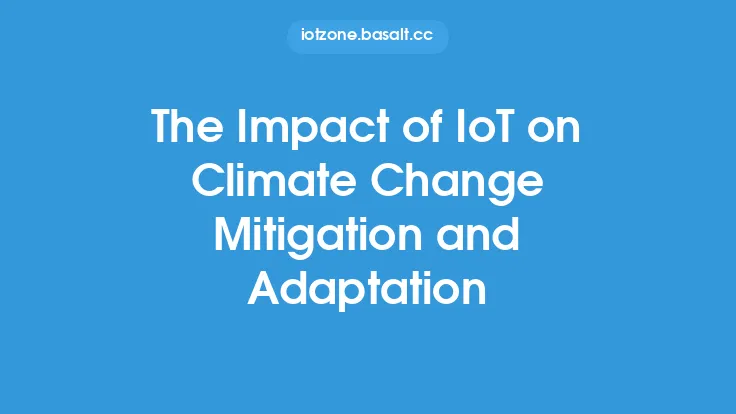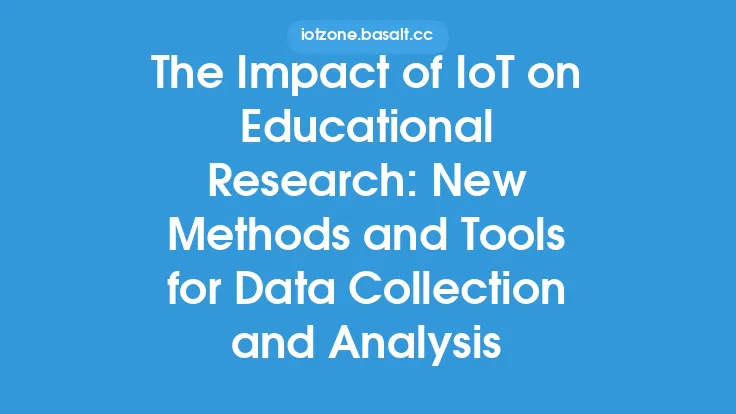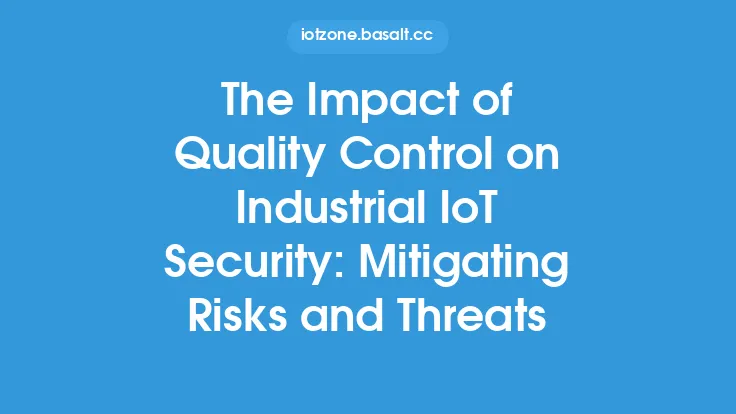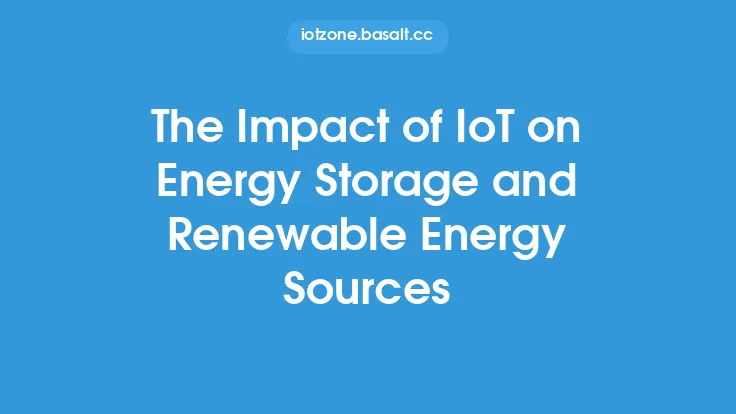The integration of the Internet of Things (IoT) in autonomous vehicles and driverless cars has revolutionized the transportation sector, transforming the way we travel and interact with vehicles. IoT technology has enabled the development of advanced driver-assistance systems (ADAS), which are the building blocks of autonomous vehicles. These systems rely on a network of sensors, cameras, and radar to collect and process data, allowing vehicles to perceive their surroundings and make informed decisions.
Introduction to Autonomous Vehicles and Driverless Cars
Autonomous vehicles, also known as self-driving cars, are vehicles that can operate without human input. They use a combination of sensors, GPS, and mapping technology to navigate roads and traffic. Driverless cars, on the other hand, are a type of autonomous vehicle that can operate without a human driver. They use advanced computer systems and machine learning algorithms to make decisions and control the vehicle. The integration of IoT in autonomous vehicles and driverless cars has enabled the development of more sophisticated and efficient transportation systems.
IoT Components in Autonomous Vehicles
The IoT components in autonomous vehicles include a range of sensors, cameras, and radar systems. These components work together to collect and process data, allowing the vehicle to perceive its surroundings and make informed decisions. Some of the key IoT components in autonomous vehicles include:
- Lidar (Light Detection and Ranging) sensors: These sensors use laser light to create high-resolution 3D maps of the environment. They are used to detect obstacles, track movement, and navigate through complex environments.
- Camera systems: These systems use a combination of cameras to capture images of the environment. They are used to detect traffic signals, recognize pedestrians, and track movement.
- Radar systems: These systems use radio waves to detect obstacles and track movement. They are used to detect speed, distance, and direction of other vehicles.
- Ultrasonic sensors: These sensors use high-frequency sound waves to detect obstacles and track movement. They are used to detect speed, distance, and direction of other vehicles.
- GPS and mapping technology: These systems use a combination of GPS and mapping technology to navigate roads and traffic. They are used to determine the vehicle's location, speed, and direction.
Communication Protocols in Autonomous Vehicles
Autonomous vehicles rely on a range of communication protocols to exchange data with other vehicles, infrastructure, and the cloud. Some of the key communication protocols used in autonomous vehicles include:
- DSRC (Dedicated Short-Range Communication): This protocol is used for vehicle-to-vehicle (V2V) and vehicle-to-infrastructure (V2I) communication. It allows vehicles to exchange data with other vehicles and infrastructure, such as traffic signals and road signs.
- LTE (Long-Term Evolution): This protocol is used for vehicle-to-cloud (V2C) communication. It allows vehicles to exchange data with the cloud, such as mapping data and software updates.
- 5G: This protocol is used for high-speed, low-latency communication. It allows vehicles to exchange data with other vehicles, infrastructure, and the cloud in real-time.
Security Considerations in Autonomous Vehicles
The integration of IoT in autonomous vehicles has raised several security concerns. Some of the key security considerations in autonomous vehicles include:
- Data protection: Autonomous vehicles generate vast amounts of data, which must be protected from unauthorized access.
- Cybersecurity: Autonomous vehicles are vulnerable to cyber attacks, which could compromise the safety and security of the vehicle and its occupants.
- Authentication: Autonomous vehicles must be able to authenticate other vehicles and infrastructure, to ensure that data is exchanged securely.
Benefits of IoT in Autonomous Vehicles
The integration of IoT in autonomous vehicles has several benefits, including:
- Improved safety: Autonomous vehicles can detect and respond to hazards more quickly and accurately than human drivers.
- Increased efficiency: Autonomous vehicles can optimize routes and reduce congestion, which can improve traffic flow and reduce travel times.
- Enhanced passenger experience: Autonomous vehicles can provide a more comfortable and convenient travel experience, with features such as infotainment systems and personalized climate control.
Challenges and Limitations of IoT in Autonomous Vehicles
The integration of IoT in autonomous vehicles also has several challenges and limitations, including:
- Technical complexity: Autonomous vehicles require complex software and hardware systems, which can be difficult to develop and integrate.
- Regulatory frameworks: Autonomous vehicles are subject to a range of regulatory frameworks, which can vary by country and region.
- Public acceptance: Autonomous vehicles may be subject to public skepticism and resistance, which can affect adoption and deployment.
Future of IoT in Autonomous Vehicles
The future of IoT in autonomous vehicles is promising, with several trends and developments expected to shape the industry. Some of the key trends and developments include:
- Increased adoption of 5G: The adoption of 5G is expected to enable faster, more reliable communication between vehicles, infrastructure, and the cloud.
- Development of more sophisticated sensors: The development of more sophisticated sensors, such as lidar and camera systems, is expected to improve the accuracy and reliability of autonomous vehicles.
- Greater emphasis on security: The integration of IoT in autonomous vehicles is expected to place a greater emphasis on security, with a focus on protecting data and preventing cyber attacks.





